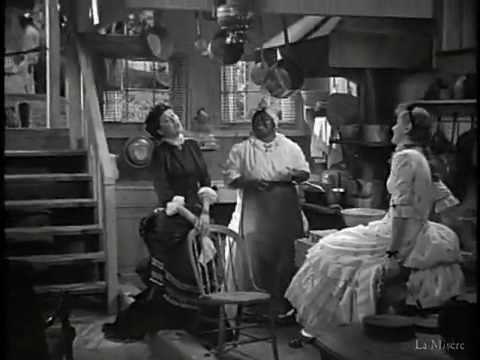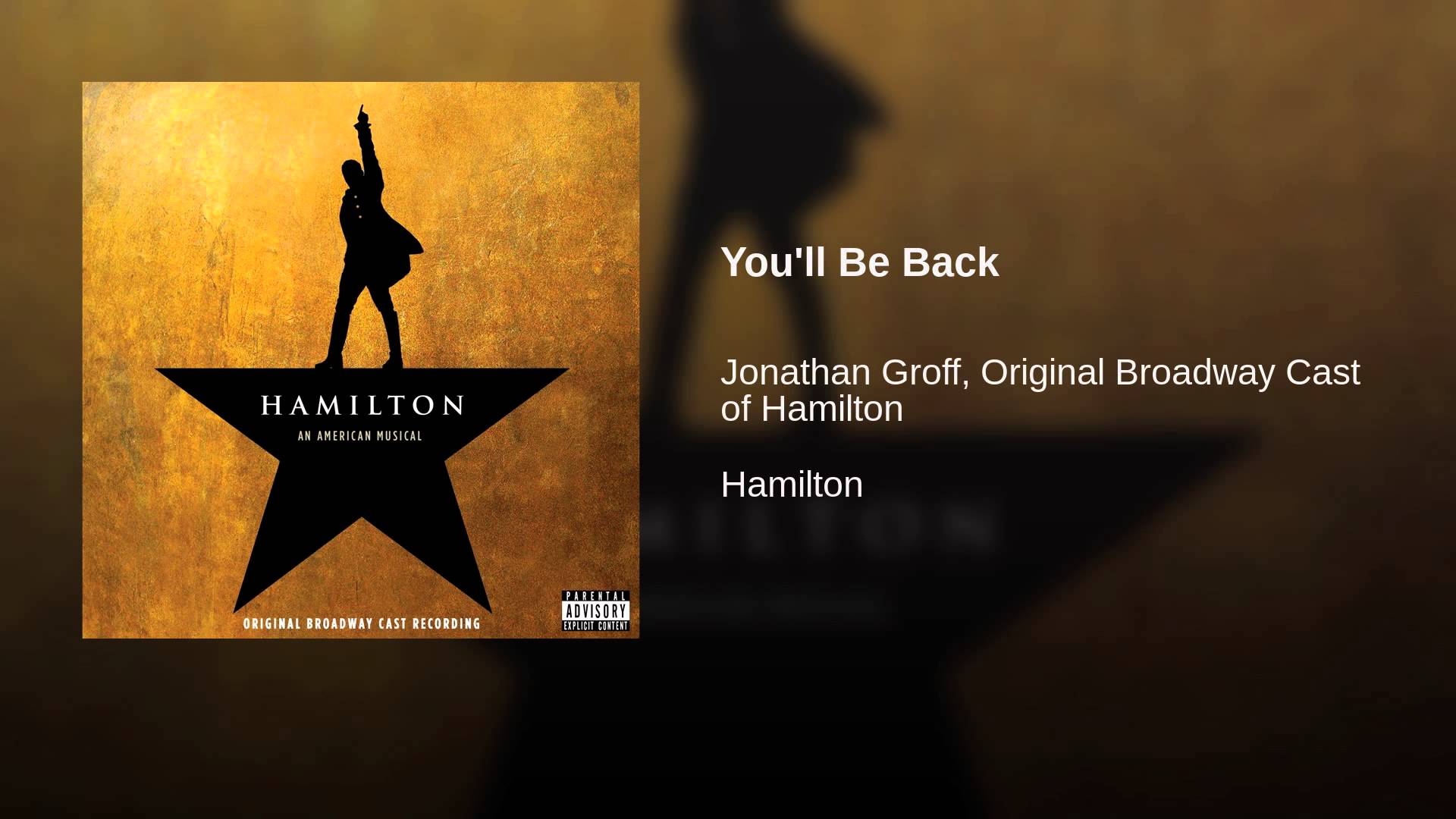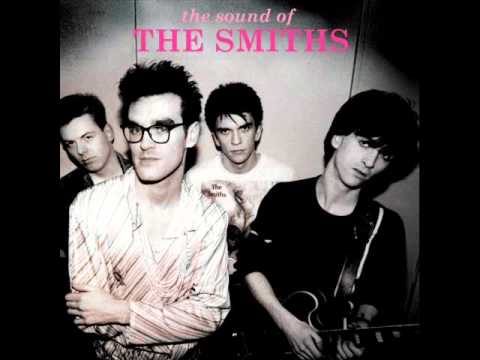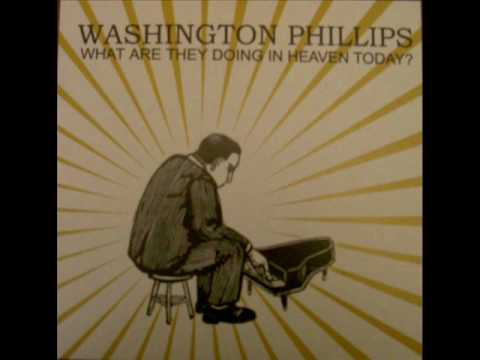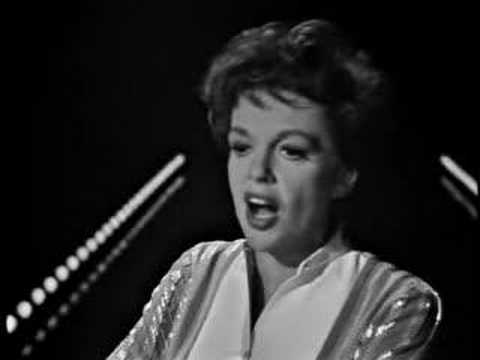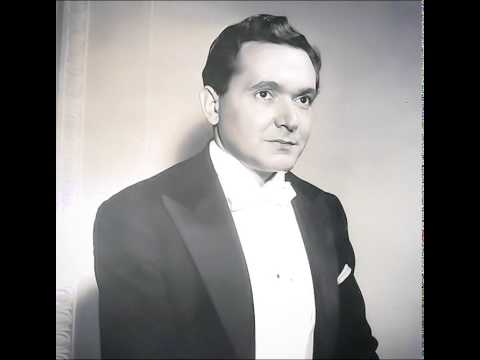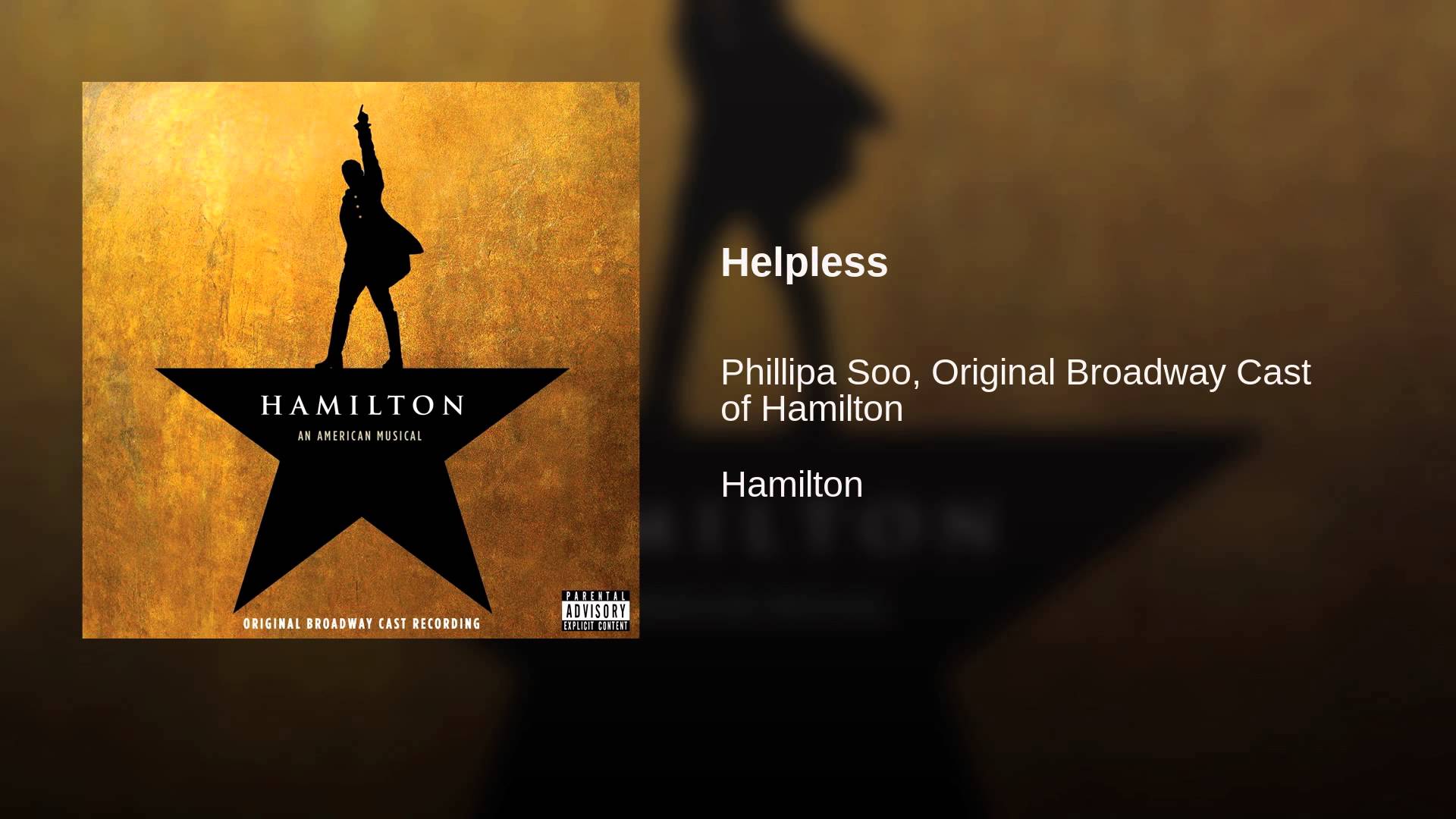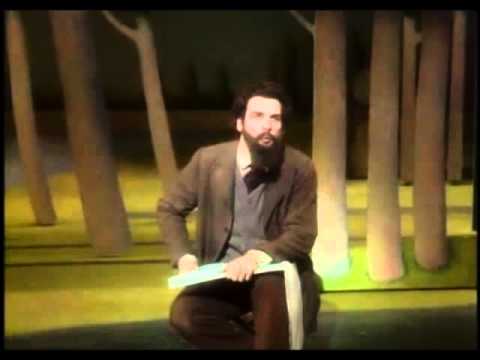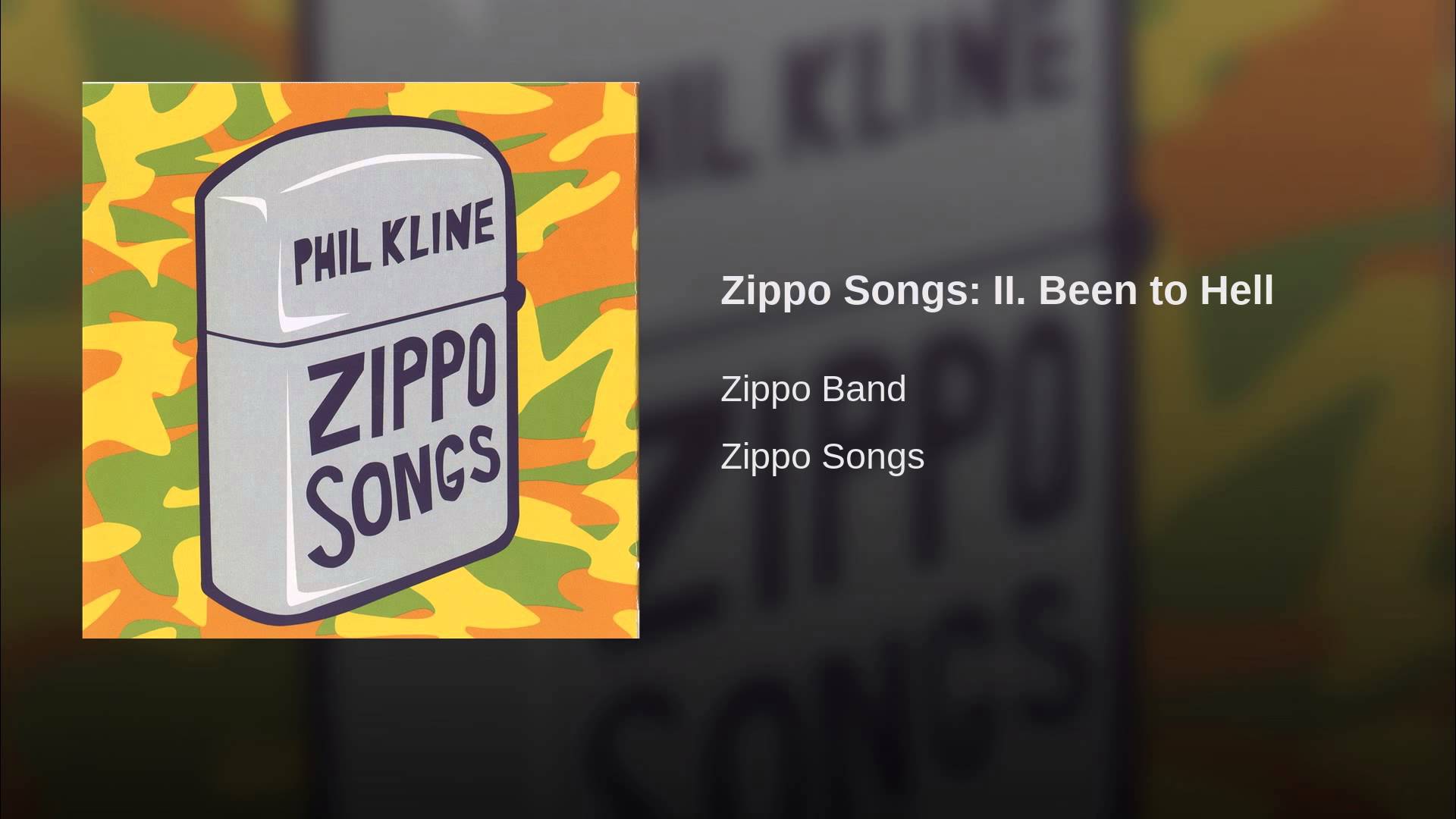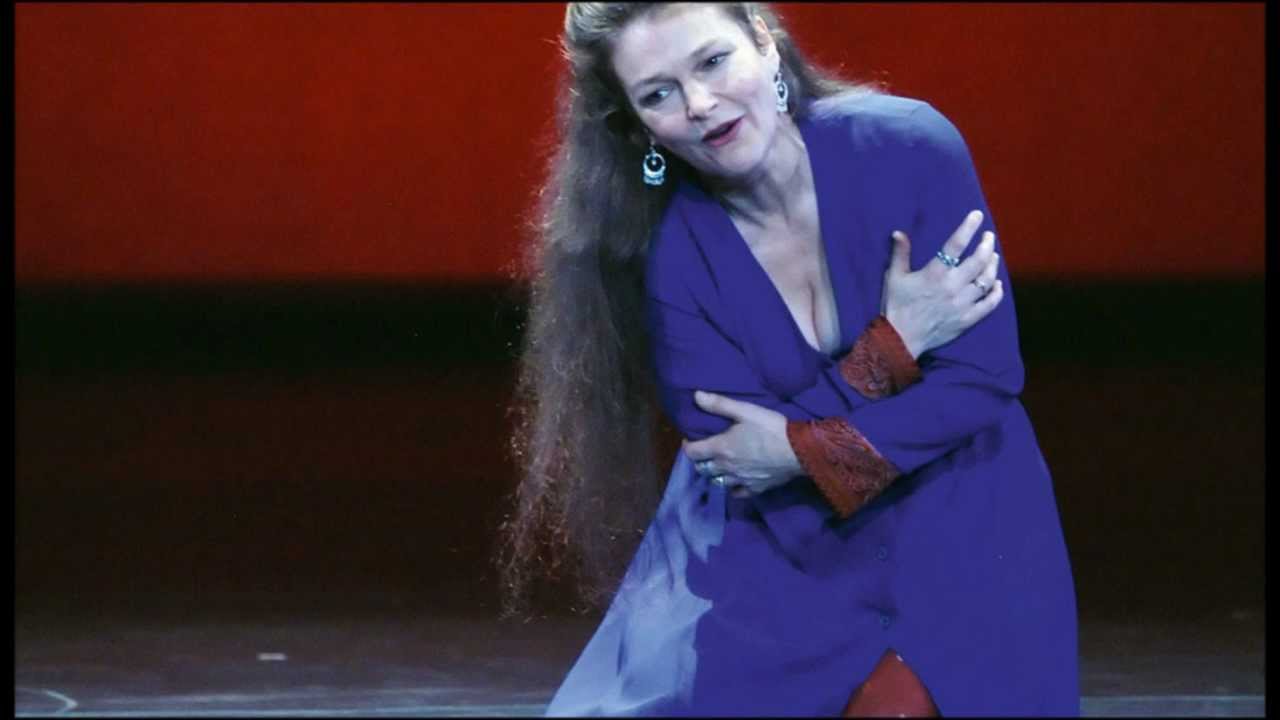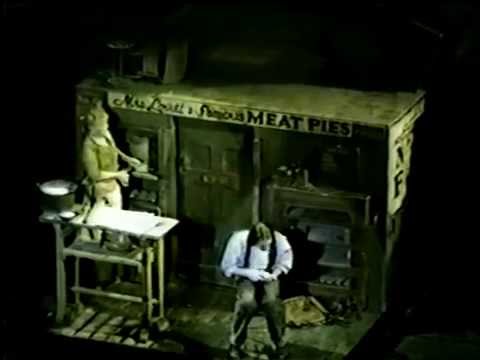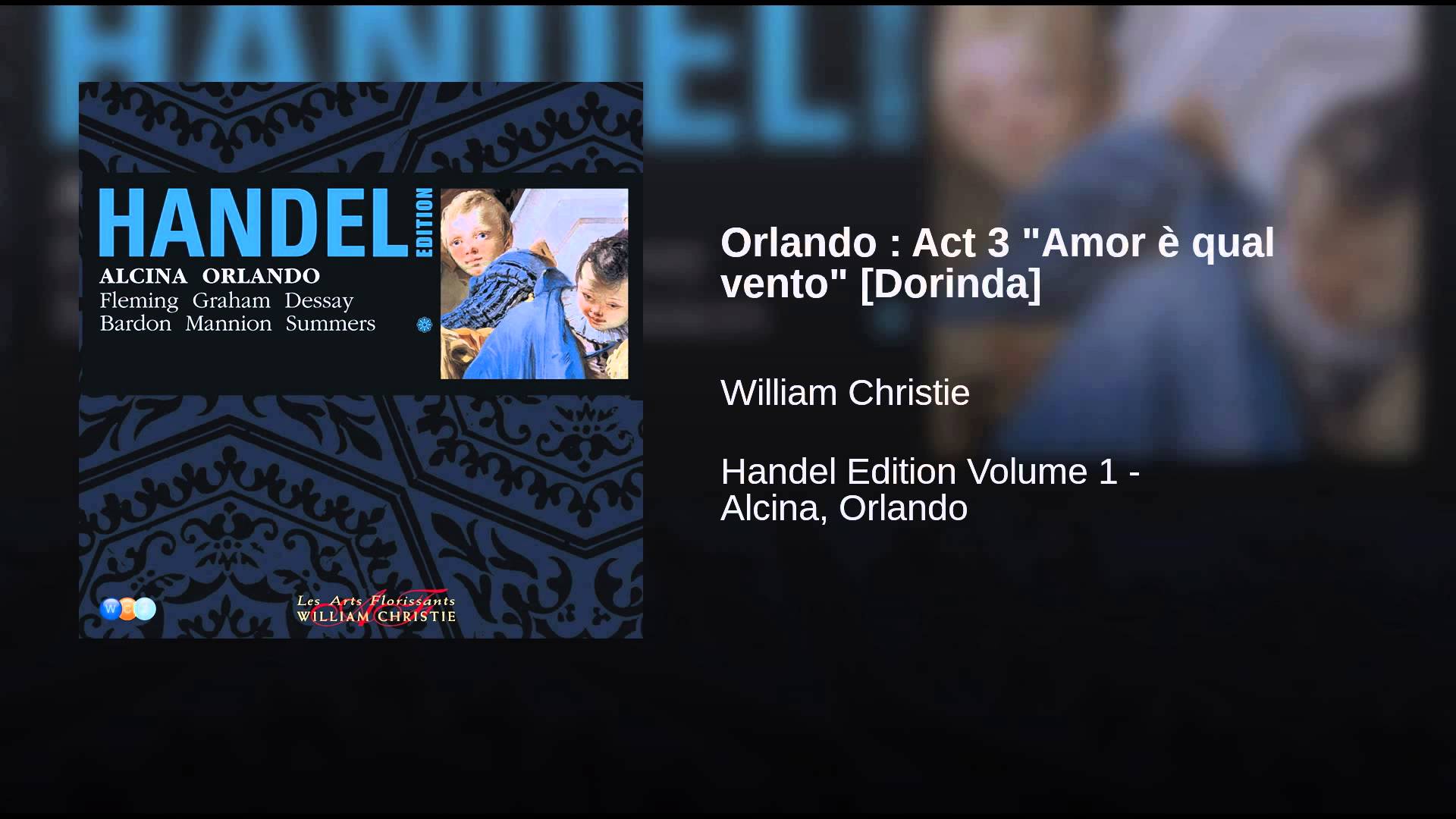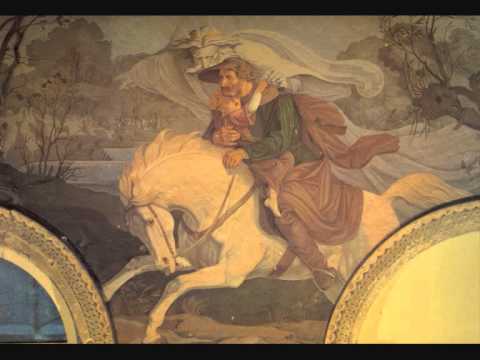Old Man River, sung by Paul Robeson
For the final Song of the Day of my week here at NYFOS, let me introduce you to the reason I became a singer: Paul Robeson. If ever there was an human embodiment of the traits I most value in an artist and human – communication, fearlessness, skill, an open heart, a brilliant mind, hard work, and a deep sense of service – it was Robeson.
Doug and Jack Wallin’: Pretty Saro
This song is an old one, even by the standards of classical art song. “Pretty Saro” is a folk ballad first notated in England the early 1700’s, though, as is the way with these things, no one knows how long it had been sung before that. After the 18th century it was lost for a time, only to be rediscovered in Appalachia in the early 20th century, with distinctly American changes to the lyrics.
Lin-Manuel Miranda: You’ll Be Back / What Comes Next
For those who do know Hamilton, I wanted to talk about one small part of the overall practical tactical brilliance of Miranda’s dramaturgy: the depiction of King George III. While Hamilton delves deeply into the subtleties of American post-revolutionary politics, and spends time exploring the stories of early American heroes who would otherwise be footnotes in most history books (Hercules Mulligan, you are my spirit animal), the massive power of the British Empire is depicted exclusively through one whiny, somehow charming man: the King himself.
The Smiths: There is a light that never goes out
It’s a funny thing to love a song for many years… this tune, “There is a light that never goes out,” by the English rock group The Smiths, has been dear to me for about 15 years. When I was a teenager, this was an emo anthem to live by – Goethe’s Werther would have approved – but now, in my early thirties, the glorious emotional power that once overwhelmed my younger self at the sound of titular chorus has changed in color. To my (slightly) older perspective, it’s no longer sweet, but rather tragic. How things change.
Washington Phillips: What Are They Doing in Heaven Today?
For memorial day, here’s a song about the missing and wondering we do when our loved ones pass away. “What Are They Doing in Heaven” was originally written as a hymn, by the Methodist preacher Charles Albert Tindley, in 1901. It has since become a mainstay of Gospel and Country artists, and has been recorded by some really tremendous artists: The Staples Singers, Sister Rosetta Tharpe, The Dixie Hummingbirds, Vince Gill, The Be Good Tanyas, and Béla Fleck and Abigail Washburn, to name a few.
Bart and Garland: As Long As He Needs Me
From my very first coaching with Maestro Blier, I brought in a new American Songbook song every week. I think it’s something we both look forward to; we work on my repertoire for the first fifty minutes of the coaching and in the remaining few moments of our time together I whip out my binder of torch songs.
Pizzetti: I Pastori
Born in Parma in 1880, Ildebrando Pizzetti had a career as musicologist, teacher and composer of music ranging from concerti to film scores. In this beautiful poem by Gabriele D’Annunzio, the narrator fondly remembers his days as a shepherd and the journey his crew would take every fall from the mountains down to the Adriatic Coast.
Lin-Manuel Miranda: Helpless/Satisfied
When I was invited to write this week’s Song of the Day blog, I knew I wanted to include something from Hamilton, but I’ve been struggling with what to feature. I waited to listen to the soundtrack until I saw the show because I wanted to experience Hamilton the first time like a piece of theatre. Therefore, I’m not going to feature a song today that pertains to the main plot of the show (I’m saving those surprises for you!)
Sondheim: Finishing the Hat
Stephen Sondheim and James Lapine’s Pulitzer Prize-winning musical Sunday In the Park with George opened on Broadway in 1984 starring Mandy Patinkin and Bernadette Peters. Act One centers around Georges Seurat as he paints his pointillistic masterpiece, Un dimanche après-midi à l’Île de la Grande Jatte, which was unveiled exactly one-hundred years before the musical premiered.
Schubert: Abendstern
To start off my week of blogs, I wanted to feature the first song I ever sang for Maestro Blier. This somber poem by Johann Mayrhofer asks the prettiest star in the sky why it stays secluded, not joining the other stars around him. The star replies that it is because all the other stars don’t want the kind of love he has to offer and, no matter how hard he tries, they will never accept him.
Phil Kline: Been to Hell
…He culled them to create seven Zippo Songs, from the very moving to the raunchy. Throughout is Theo Bleckmann’s spare vibrato-less voice, like a ghost, or an angel. WNYC’s John Schaefer wrote that in these songs, “Kline channels both Franz Schubert and Jim Morrison” in “a psychedelic haze of love, loss, lust, drugs, war and more drugs.”
Purcell: When I Am Laid In Earth
Lorraine Hunt. I have NYFOS (and Michael Barrett, who programmed the 92nd Street Y and presented Lorraine’s NY recital debut in the mid-90’s) to thank for introducing me to Lorraine.
Sondheim: Epiphany from Sweeney Todd
I’m a huge Sondheim fan. When I was 12, my father took me to a preview on Broadway of Sweeney Todd starring Len Cariou and Angela Lansbury. He told me this was a new musical by Sondheim and that it was a masterpiece—Sondheim’s best yet.
Handel: “Amor e qual vento” from Orlando
Last year I had the pleasure of working with the young opera director RB Schlather and his ingenious storefront Handel opera trilogy at Whitebox Gallery just off the Bowery. The whole experience was unlike anything I had witnessed in the music world. It was something I will never forget—and I don’t think my 8yo daughter will either.
Carl Loewe: Erlkönig
It’s January 1996 at the 92nd Street Y in NYC. The great German baritone Hermann Prey is rehearsing a recital devoted entirely to songs by Carl Loewe (just weeks before The Schubertiade, the celebrated 10-year examination of Schubert’s works, which Prey had masterminded since 1987). I’m a young music publicist at the Y and completely enthralled by the animated 6-foot tall Prey and his voice, which could go from ferocity to gentle and vulnerable—and back again. (Prey’s voice was so unique—I’ve never heard anything like it since).


